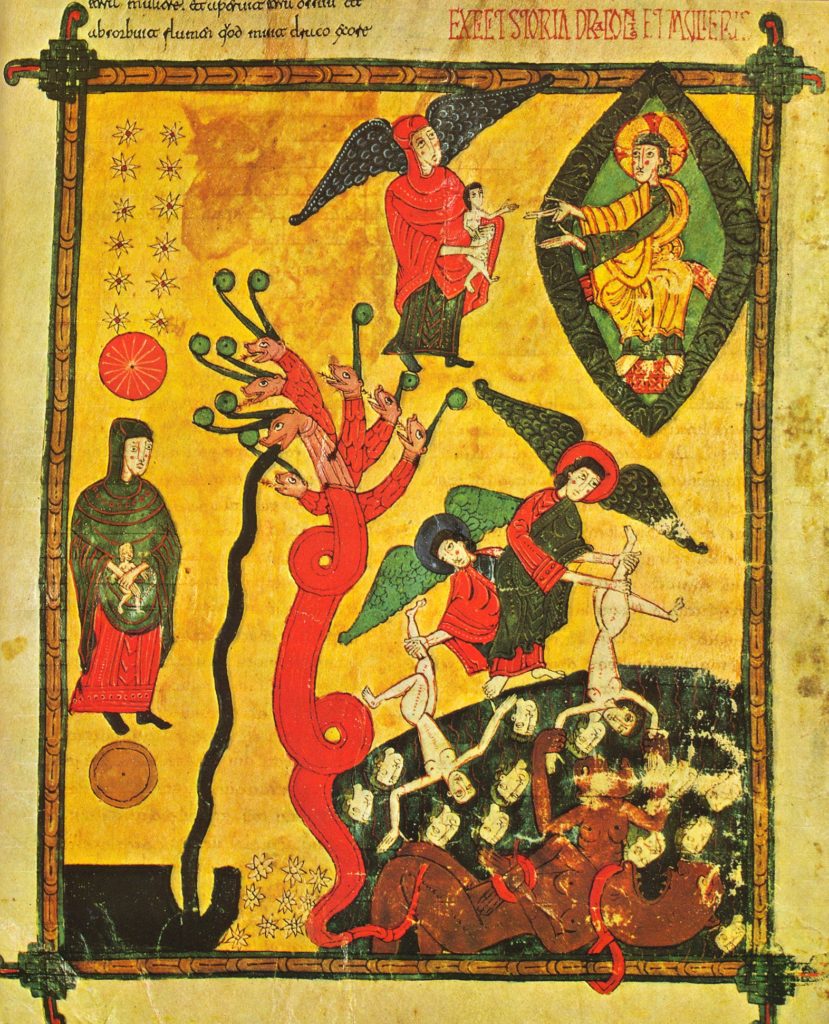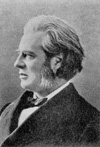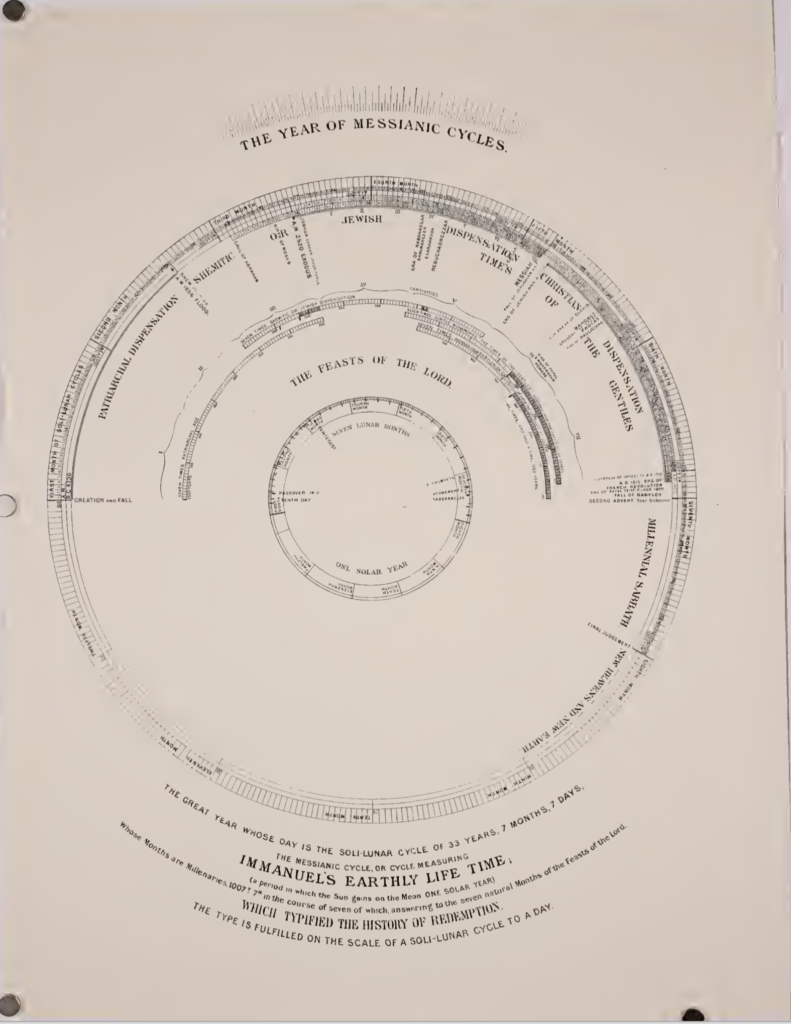
God’s Direction Revealed in the Old Testament
In the Old Testament, God gave His people a look at their future through the prophets, thus providing them with guidance throughout their history.
Sometimes the prophets gave a general warning or encouragement about the nation as a whole but, occasionally the information was very specific. Prophecies began in the Garden of Eden, leading through the ages of the death and resurrection of the Messiah.
The Kingdom Age was foretold as the Kingdom being given to a people other than Israel after the destruction of the temple in Jerusalem.
- Genesis 15:13-24; Exodus 2: 8,12 The Sojourn in Canaan and Egypt
- Genesis 49; Deuteronomy 33 Possession of the Land and the Distribution of the Tribes
- Lev. 26:18, 21, 24; Daniel 4:25 The seven times curse or 2520 years of Gentile Imperial Rule
- Numbers 14:33-34 Forty Years in the Wilderness
- Judges 13:5 The Victories of Samson
- 1 Samuel 15; 28; 1 Chronicles 28:5 The Reigns of David and Solomon
- 1 Kings 11:31 The building of the Temple and the separation of the kingdoms
- Isaiah 10; Joel 1; Hosea 8:11 The Assyrian Invasion and Following Captivity
- Isaiah 7:8 The time of the Captivity
- 2 Kings 10:30 The Reign of Jehu’s family
- 1 Kings 13:2 The Reign of Josiah
- Jeremiah 25:11,14 The Seventy Years Captivity
- Dan 2, 7 The four Imperial Nations of Babylon, Medio-Persia, Greek and Rome
- Daniel 9, Zechariah 9 The birth, ministry, and death of Messiah, His Resurrection, The spread of the Gospel, The Fall of Jerusalem and the Temple
- Daniel 11 The succession of Persian kings, The reign of Alexander, the wars of Syria and Egypt
- Zechariah 10 The scattering of Israel and the regathering of Israel
God’s Direction for the Saints Revealed in The New Testament
Our God is immutable, meaning He does not change. The same guidance He gave to His people in the Old Testament applies in the New Testament.
There are those that believe prophecies in The Revelation are largely about a future seven years of tribulation involving great destruction. If this is true, it has left His followers with no instructions or warnings for 2000 years. However, the text itself says otherwise.
The revelation of Jesus Christ, which God gave him to show to his servants what must SOON take place; and he made it known by sending his angel to his servant John, Rev. 1:1
Would God not do the same for His people as He did for ancient Israel? Would He leave us with 2000 years of silence-as the Dispensationalist’s teach? Everything about The Lord’s provision for Israel would lead us to expect a fuller and more detailed foretelling. Not scantier!
And, so it is that He put it all down in one book, The Revelation. Then, added that no one should add anything to the book. The course of history is set out for all to read.
. . . and if any one takes away from the words of the book of this prophecy, God will take away his share in the tree of life and in the holy city, which are described in this book. Rev. 22:19
The book of The Revelation is that foreordained history of God’s people from 98 AD to The New Jerusalem. It is our “roadmap,” our guiding light.
However, one must put in the time and read the history books, while comparing them to the prophecy. It is also a sound practice to read the Old Testament prophets and their fulfillments in order to understand the symbolic language of prophecy. [See Also: Hermeneutics ]
The Early Church understood these principles-not with complete clarity-but beginning brush strokes were being applied to the painting of history. Followers approached prophetic events with all dread and earnestness. They understood that the Gospel would triumph and cause the fall of the Roman Empire. But, they did not look forward to that day; they knew the Lawless-One would step into the void left by the Empire’s fall.
By the time of the Reformation, the Church began to understand that the Seal Judgments were fulfilled with the decline and fall of the Roman Empire and that the Trumpet Judgments were the Dark or Middle Ages. Finally, scholars that followed the Reformers witnessed the beginning the Bowls or Vial Judgments unfolding. The great twin persecutors of God’s children; the Roman Church; and the Ottoman Empire would soon be losing their power and prestige.
As the centuries rolled by, each new generation is gifted with a greater understanding as prophecy and corresponding events match up. More light is available as more events are fulfilled. Greater and brighter is the message as each detail becomes clearer in fulfillment.
Unfortunately, the Dispensationalists have clouded people’s minds with futile speculations. They rather recently invented, contrived, and supposed themselves into believing in things that are not in the Bible at all. There is no seven-year tribulation, there is no future political antichrist, and there is no rapture. These are all creations of their own imaginations. They jump from verse to verse in vain attempts to explain things that are simply not there. At the same time they neglect serious in-depth study of what is actually written in the Bible.





